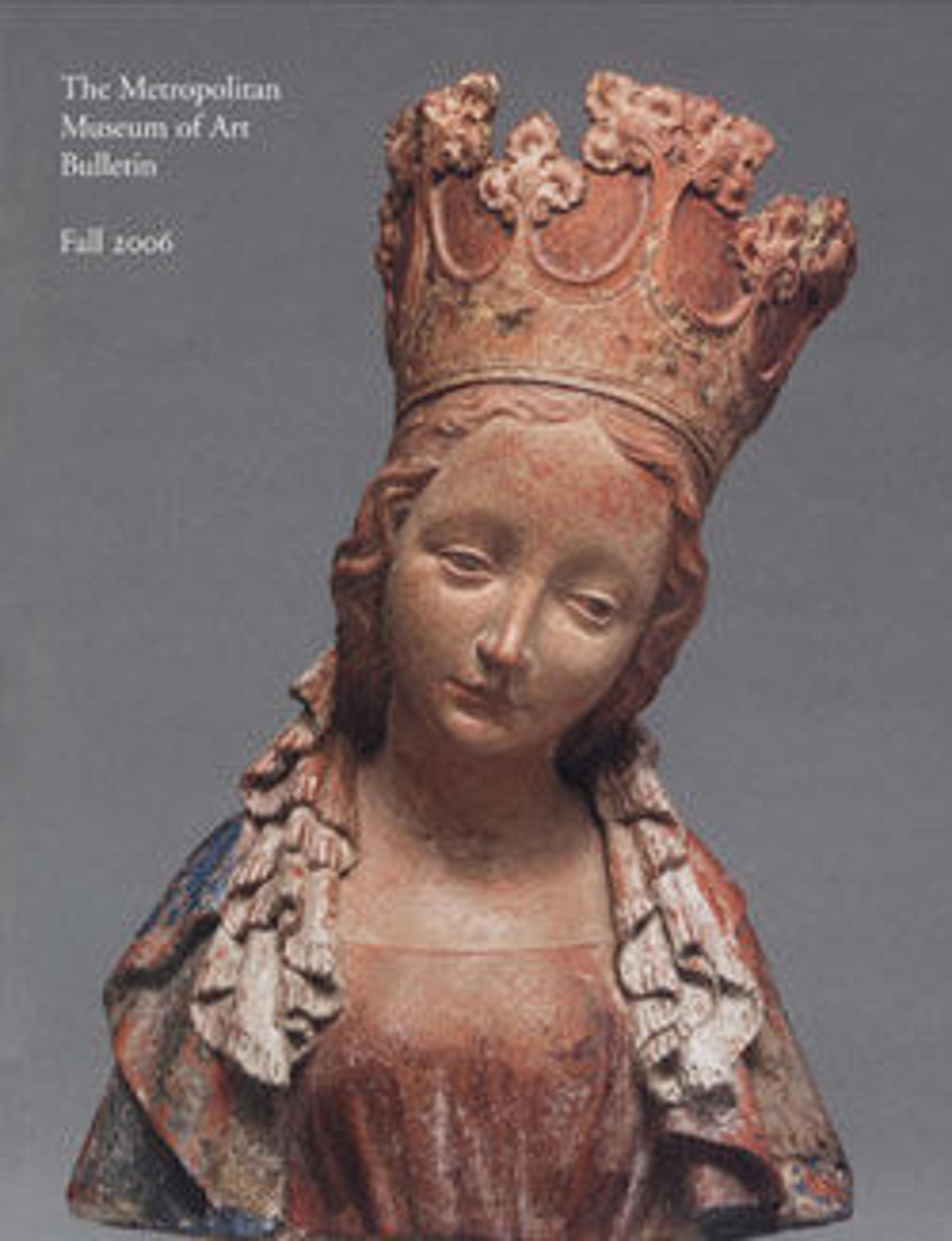Quilt center
John Hewson, the first important and well-documented textile printer in America, arrived in Philadelphia from London in September 1773 at the invitation of Benjamin Franklin. Trained to produce the highest quality block-printed textiles at Bromley Hall in London, Hewson set up a "Calicoe Printing Manufactory" almost immediately. He quickly gained fame for his flowered dress goods and printed coverlets, and for panels like this one. Though they may have been originally intended as handkerchiefs, many of the dozen or so that survive were used as center panels in quilts. These treasured high-style bedcovers usually have several wide borders of vibrant chintz, some with complex pieced or appliquéd areas. The center panels are known to be Hewson's work because one was included in a quilt made by his wife that descended through the family and is now in the Philadelphia Museum of Art. The panels all show a graceful urn filled with flowers and surrounded by birds and butterflies. The fabric was printed in stages with several different blocks, and certain colors were hand painted.
Artwork Details
- Title: Quilt center
- Artist: John Hewson (1744–1821)
- Date: ca. 1790
- Geography: Made in Philadelphia, Pennsylvania, United States
- Culture: American
- Medium: Cotton, printed
- Dimensions: 27 5/8 x 29 1/2 in. (70.2 x 74.9 cm)
- Credit Line: Purchase, David S. and Elizabeth W. Quackenbush Gift, 2005
- Object Number: 2005.284
- Curatorial Department: The American Wing
More Artwork
Research Resources
The Met provides unparalleled resources for research and welcomes an international community of students and scholars. The Met's Open Access API is where creators and researchers can connect to the The Met collection. Open Access data and public domain images are available for unrestricted commercial and noncommercial use without permission or fee.
To request images under copyright and other restrictions, please use this Image Request form.
Feedback
We continue to research and examine historical and cultural context for objects in The Met collection. If you have comments or questions about this object record, please contact us using the form below. The Museum looks forward to receiving your comments.
